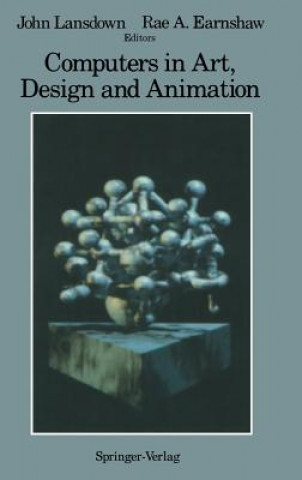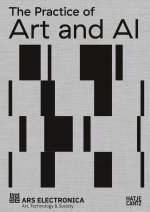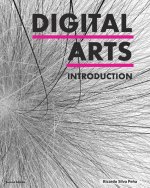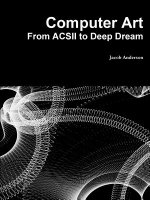
Delivery
Shopping guide





Doesn't suit? No problem! You can return within 30 days
 Gift voucher
any value
Gift voucher
any value
You won't go wrong with a gift voucher. The gift recipient can choose anything from our offer.
Computers in Art, Design and Animation
 English
English
 317 b
317 b
 Delivery to Austria
Delivery to Austria
30-day return policy
You might also be interested in


The collection of papers that makes up this book arises largely from the joint activities of two specialist groups of the British Computer Society, namely the Displays Group and the Computer Arts Society. Both these groups are now more than 20 years old and during the whole of this time have held regular, separate meetings. In recent years, however, the two groups have held a joint annual meeting at which presentations of mutual interest have been given and it is mainly from the last two of these that the present papers have been drawn. They fall naturally into four classes: visualisation, art, design and animation-although, as in all such cases, the boundaries between the classes are fuzzy and overlap inevitably occurs. Visualisation The graphic potential of computers has been recognised almost since computing was first used, but it is only comparatively recently that their possibilities as devices for the visualisation of complex. and largely ab stract phenomena has begun to be more fully appreciated. Some workers stress the need to be able to model photographic reality in order to assist in this task. They look to better algorithms and more resolution to achieve this end. Others-Alan Mackay for instance-suggest that it is "not just a matter of providing more and more pixels. It is a matter of providing congenial clues which employ to the greatest extent what we already know.
About the book
 English
English


 Contact
Contact How to shop
How to shop


























